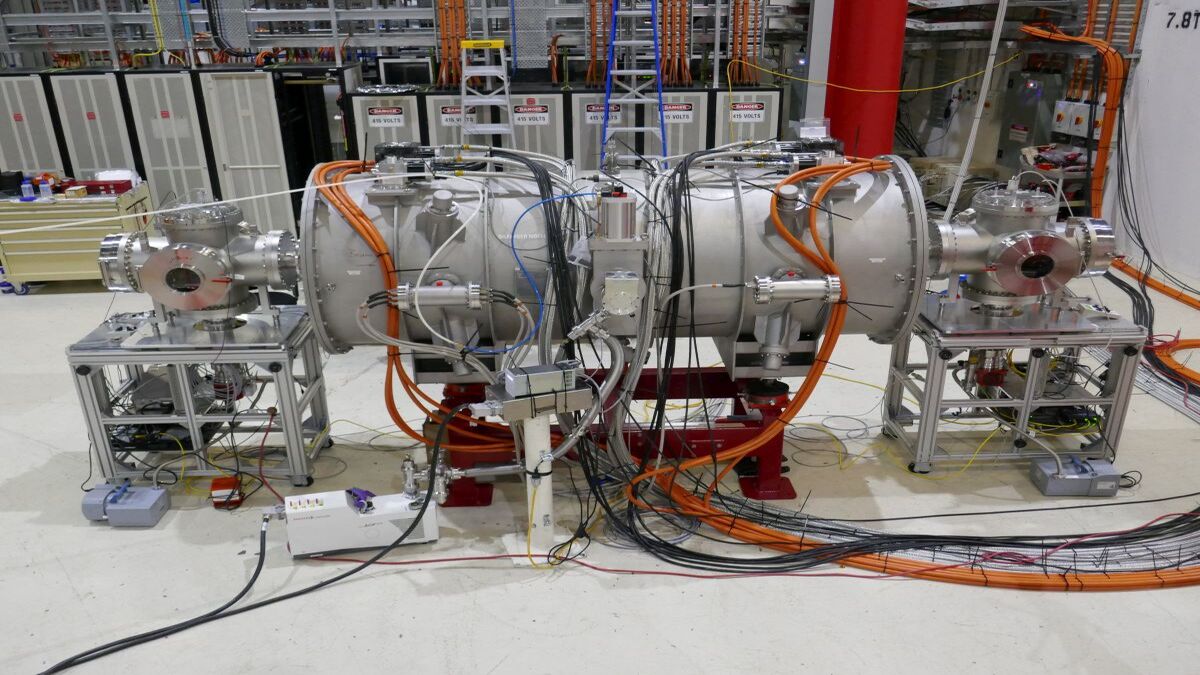KIT Develops Coveted Undulators
Whether for the construction of tiny components in materials research or for the investigation of smallest structures, such as viruses in medicine - synchrotron radiation is versatile. The strongly focused electromagnetic radiation is generated with the help of superconducting undulators. These are elaborately designed magnetic structures that have been developed at KIT since the early 1990s. Together with the industrial partner Bilfinger Noell, two systems were built and installed at the Karlsruhe Research Accelerator (KARA). In 2017, the further developed undulator SCU20 went into operation at KIT.
A global success story
"This was a milestone for synchrotron research. Since then, our undulators have been working very reliably and trouble-free, delivering brilliant radiation for KIT research," says Anke-Susanne Müller, director of KIT's Institute for Beam Physics and Technology (IBPT). Since 2022, the technology of KIT and Bilfinger Noell will also be used at the “National Synchrotron Light Source II” at Brookhaven National Laboratory in the USA and at “The Australian Synchrotron”. The European XFEL, an X-ray free-electron laser research facility in Hamburg, has also ordered magnet systems from Bilfinger Noell. "The worldwide demand for the special magnets confirms the successful cooperation of KIT with Bilfinger Noell in the field of superconducting undulators," Müller said.
mhe, 14.04.2023

